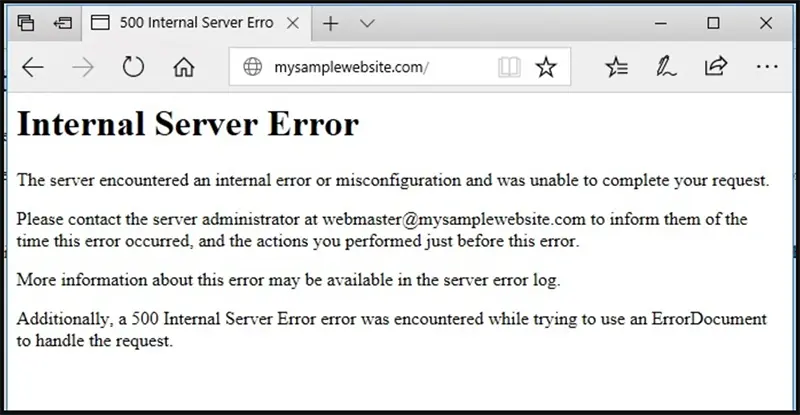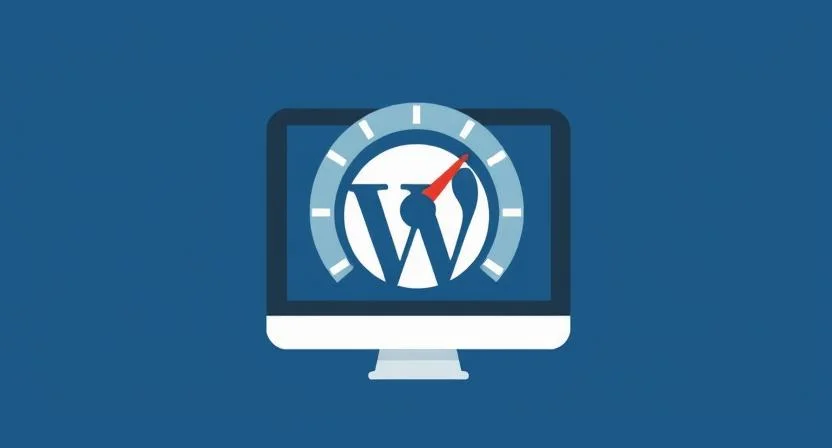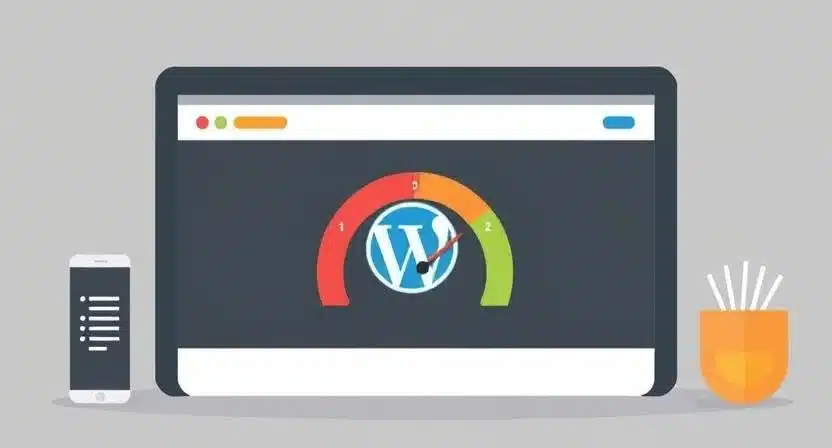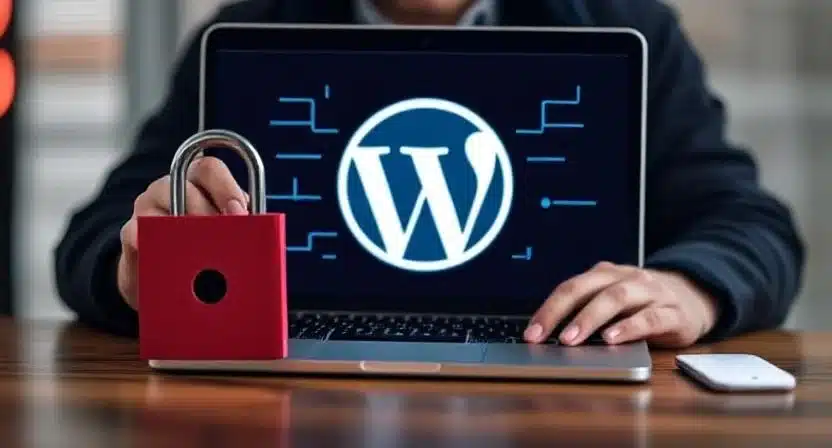How to Fix Common WordPress Errors

WordPress powers over 43% of all websites globally, making it a cornerstone of the digital ecosystem. However, even the most robust CMS can occasionally stumble. From the dreaded White Screen of Death to a critical error message, these issues can halt operations, affect SEO rankings, and frustrate visitors. Here’s a guide on how to Fix Common WordPress Errors.
This guide consolidates expert insights from top industry sources WordPress.org, WPBeginner, Kinsta, and ThemeWinter to help you understand and fix the most common WordPress errors. Whether you’re managing a corporate site or a small business blog, mastering WordPress troubleshooting ensures your website remains fast, secure, and reliable.
Recommended Read: How to Backup and Restore WordPress Easily
Understanding the Most Common WordPress Errors
Before jumping into fixes, let’s categorize the most frequently reported issues:
- WordPress White Screen of Death (WSoD) – typically caused by faulty plugins or themes.
- Internal Server Error (500) – often linked to
.htaccessmisconfigurations. - Error Establishing a Database Connection – database credentials or server issues.
- WordPress Critical Error – a system-wide crash triggered by faulty code or plugin updates.
- 403 Forbidden Error – incorrect file permissions or security plugin restrictions.
- 404 Not Found Errors – broken links or misconfigured permalinks.
- SSL Certificate Errors – expired or misinstalled SSL certificates.
- PHP Memory Limit Errors – insufficient memory allocated to WordPress.
- Maintenance Mode Error – incomplete or interrupted updates.
- Breadcrumbs & Structured Data Errors – theme or SEO plugin misconfiguration.
These errors may sound technical, but most are fixable without advanced coding knowledge.
How to Fix Common WordPress Errors
A. How to Fix WordPress Critical Error
A critical error usually displays:
“There has been a critical error on your website.”
Fix Steps:
- Access your hosting control panel or FTP.
- Enable debugging by adding this line to your
wp-config.php:
define( ‘WP_DEBUG’, true ); - Identify the plugin or theme causing the issue and deactivate it.
- Clear the cache and test the site again.
- Update all plugins and your PHP version after restoring functionality.

B. How to Fix Internal Server Error (500)
This is one of the most common and frustrating issues.
Fix Steps:
- Rename your
.htaccessfile to.htaccess_old. - Reload your site. If it works, go to Settings → Permalinks → Save Changes to create a new
.htaccess. - If the problem persists, increase the PHP memory in
wp-config.php: define(‘WP_MEMORY_LIMIT’, ‘256M’);

C. How to Fix 403 Error in WordPress
A 403 Forbidden error usually points to a permissions or security plugin problem.
Fix Steps:
- Check and correct file permissions to 644 and directories to 755.
- Temporarily disable security plugins like Wordfence or iThemes Security.
- Ask your host to confirm if your server’s mod_security is blocking access.

D. Fixing 404 Errors in WordPress
404 errors occur when pages or posts disappear or permalinks are misconfigured.
Fix Steps:
- Go to Dashboard → Settings → Permalinks → Save Changes.
- If unresolved, check your
.htaccessfile for default rules. - Use a plugin like Redirection to manage broken links.
E. WordPress SSL Error Fix
If your site shows “SSL connection not secure,” the certificate or HTTPS settings may be faulty.
Fix Steps:
- Install or reissue your SSL certificate via your hosting panel.
- Use the Really Simple SSL plugin to force HTTPS across your site.
- Update your WordPress Address (URL) and Site Address (URL) to include
https://.
F. How to Fix PHP Errors in WordPress
PHP errors range from syntax mistakes to missing extensions.
Fix Steps:
- Enable debugging using
define('WP_DEBUG', true);. - Identify the error type (fatal, warning, or notice).
- Update outdated plugins/themes.
- Reinstall the latest WordPress core files to restore missing dependencies.
G. How to Fix Database Connection Error
When you see “Error establishing a database connection,” the problem lies in credentials or server communication.
Fix Steps:
- Open your
wp-config.phpfile and verify:
define(‘DB_NAME’, ‘your_database_name’);
define(‘DB_USER’, ‘your_username’);
define(‘DB_PASSWORD’, ‘your_password’);
define(‘DB_HOST’, ‘localhost’); - Contact your host if credentials are correct, but the error persists; your MySQL service may be down.
H. How to Fix Breadcrumbs Error in WordPress
Breadcrumbs errors usually stem from theme code or SEO plugins like Yoast.
Fix Steps:
- Re-enable breadcrumbs in your SEO plugin settings.
- Ensure your theme supports structured data markup.
- Test breadcrumbs using Google’s Rich Results Test Tool.
I. How to Fix Soft 404 Errors in WordPress
A soft 404 occurs when a page shows content but returns a “200 OK” status instead of “404.”
Fix Steps:
- Use Google Search Console to identify soft 404 pages.
- Add proper redirects or custom 404 templates.
- Remove empty or duplicate pages.
J. How to Fix WordPress Maintenance Mode Error
If your site is stuck in maintenance mode:
Fix Steps:
- Access your root directory via FTP.
- Delete the
.maintenancefile. - Clearing the cache and reloading your site should bring it back online.
Advanced Troubleshooting Tools
When standard fixes fail, advanced tools can provide deeper diagnostics:
- WP_DEBUG & WP_DEBUG_LOG: Capture detailed error logs.
- Error Logs in cPanel: Monitor real-time issues.
- Health Check & Troubleshooting Plugin: Isolate errors in safe mode.
- .htaccess & PHP.ini Review: Identify configuration conflicts.
Preventing Future WordPress Errors
Prevention is the best troubleshooting method. Here’s how to reduce downtime and protect your site:
- Regular Backups: Use UpdraftPlus or Jetpack Backup.
- Staging Sites: Test all updates before going live.
- Plugin Discipline: Only install trusted, well-reviewed extensions.
- Frequent Updates: Keep WordPress core, themes, and plugins current.
- SSL Monitoring: Renew certificates automatically through your host.
- Security Scanning: Schedule daily scans with Sucuri or Wordfence.
Business Impact of Fix Common WordPress Errors
Ignoring WordPress errors can lead to:
- SEO loss from 404 and soft 404 errors.
- Revenue drops due to site downtime or checkout failures.
- Security vulnerabilities through outdated code.
- Brand damage from unreliable website experiences.
By implementing these fixes and preventive measures, businesses can maintain 99.9% uptime, strengthen trust, and enhance their digital presence.
FAQs – Fix Common WordPress Errors
How do I fix a WordPress critical error quickly?
Deactivate all plugins via FTP, enable debug mode, identify the culprit, and reactivate one by one.
How can I fix a 403 Forbidden error on WordPress?
Reset file permissions, disable security plugins, and verify .htaccess integrity.
How do I fix 404 errors in WordPress?
Reset your permalinks and use redirection plugins for broken URLs.
How can I fix SSL certificate errors in WordPress?
Reinstall or reissue your SSL certificate, and ensure all site URLs use HTTPS.
How do I fix PHP errors without coding knowledge?
Enable debug mode to locate the issue, then update or replace problematic plugins/themes.
What’s the safest way to prevent recurring WordPress errors?
Schedule regular backups, updates, and use staging environments for testing.
Final Thoughts on How to Fix Common WordPress Errors
Troubleshooting WordPress doesn’t have to be intimidating. With structured diagnostics, reliable backups, and proactive maintenance, most WordPress errors are solvable within minutes. By following this professional 2025 guide grounded in insights from leading developers, you’ll keep your WordPress online store, WordPress blog, or business website running smoothly and avoid costly downtime.



















































































































































































































